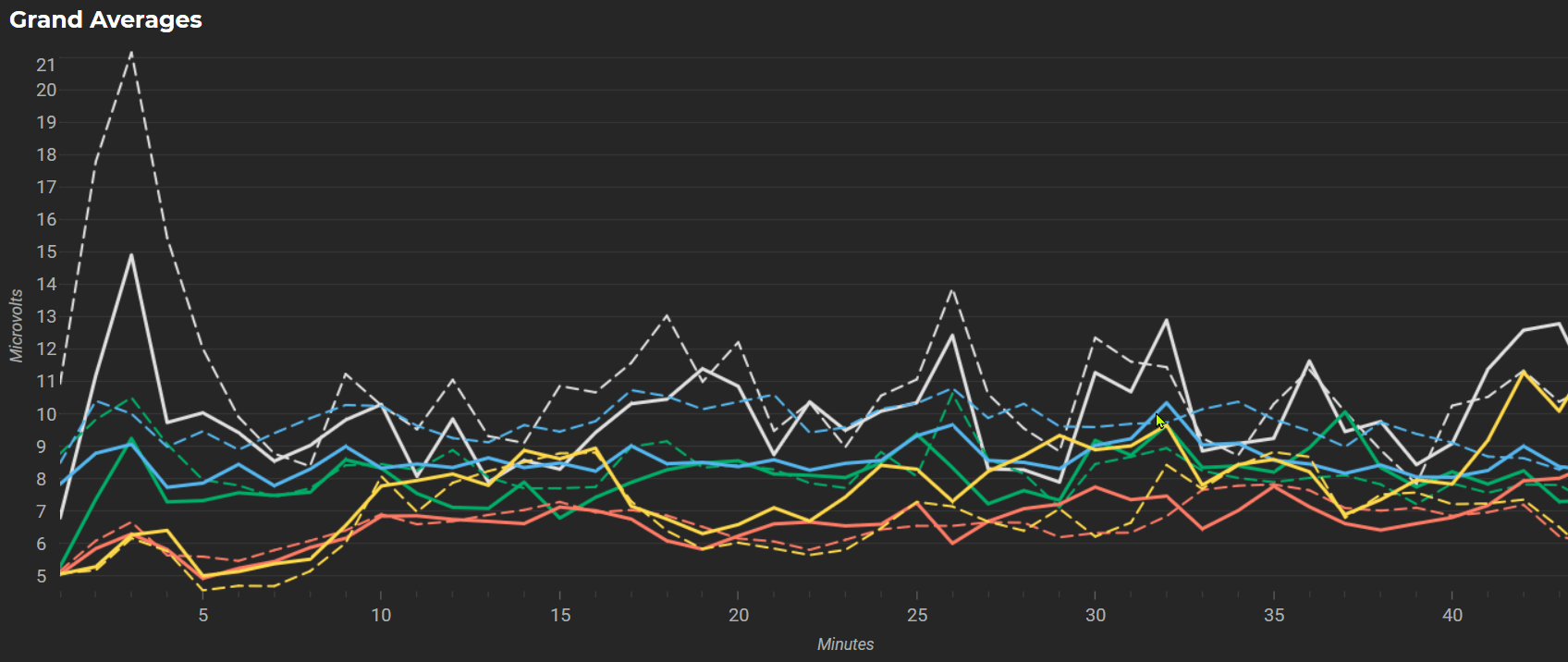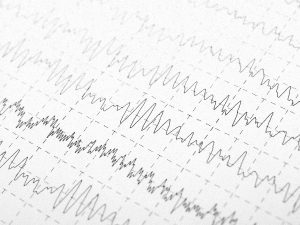Before delving into the potential benefits of neurofeedback, it is crucial to understand the scope and impact of mental health conditions. Common mental health conditions include anxiety disorders, depression, attention-deficit/hyperactivity disorder (ADHD), post-traumatic stress disorder (PTSD), sleep disorders, eating disorders, autism spectrum disorders, and traumatic brain injuries.
These conditions can manifest in various ways, affecting thoughts, emotions, behavior, and cognitive processes. They not only pose significant challenges for individuals but also place a considerable burden on families and our society as a whole. Therefore, it is essential to explore innovative and effective treatment approaches that can alleviate symptoms and enhance overall well-being.
Simply put, Neurofeedback is a form of biofeedback. But what is biofeedback? Biofeedback is a process of taking a signal imperceptible to us as humans, typically an electrical impulse, and using electronic equipment and an amplifier to amplify this signal that lies below the level of awareness for most of us. Once we can read the signal, we provide feedback to the person receiving the biofeedback or Neurofeedback.

For example, if we want a brain wave to grow stronger, we provide a biofeedback signal every time that wave gets a bit stronger. The same process applies if we want that brain wave to be weaker.
So, in essence, biofeedback is a very organic, natural process in that nothing invasive is done to the brain or body. That’s why it has a very low risk compared to medications or almost any other form of treatment. With Neurofeedback, we can only reward the brain for a state that it has already achieved. This is important to understand because we are not forcing it into any particular state. So, for example, if we have a very high theta wave, as is the case with anxiety or ADD, we can use Neurofeedback to bring it down, often in remarkable ways.
 When such an elevated brain wave fluctuates and comes down a tiny amount, the individual receiving Neurofeedback gets a reward signal in the form of a reward tone or increasing brightness. There’s no real conscious effort required. As you sit and absorb the feedback, the learning occurs unconsciously, and your brain becomes more neuroplastic, more flexible, learns, expands, and grows.
When such an elevated brain wave fluctuates and comes down a tiny amount, the individual receiving Neurofeedback gets a reward signal in the form of a reward tone or increasing brightness. There’s no real conscious effort required. As you sit and absorb the feedback, the learning occurs unconsciously, and your brain becomes more neuroplastic, more flexible, learns, expands, and grows.
We have seen this result in hundreds of studies over the past 40-45 years, to the point that Neurofeedback has recently been categorized as a level four or five treatment. Level five is the highest level of treatment possible in the world of mental health, used for anxiety, depression, and many forms of ADD and ADHD. Hundreds of studies with no reported side effects have proved its remarkable effectiveness.

Remember: biofeedback does not inject electricity into the brain or do anything invasive to it; it simply rewards the brain for finding a better brainwave pattern and does it repeatedly. As a result, through operant conditioning, the brain becomes reorganized in ways that feel and function better.
The bottom line is that we are giving the individual receiving Neurofeedback a very precise feedback signal when that brain moves in a desirable, healthier direction. Done repeatedly over time, we can completely change the trajectory of an individual’s brain wave response patterns.
Research studies and clinical observations have demonstrated that neurofeedback training can help individuals with anxiety disorders develop greater self-awareness and control over their brain activity. By learning to modulate specific brainwave frequencies, such as reducing high-beta activity and increasing alpha or theta waves, individuals can experience a reduction in anxiety symptoms and an increased sense of calmness.
